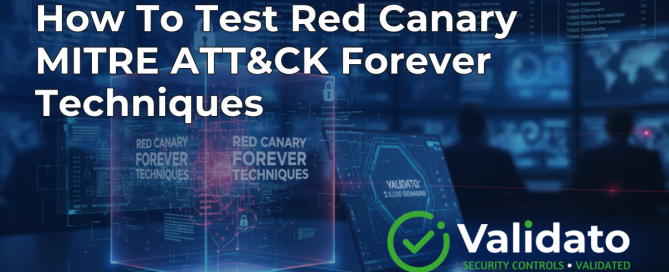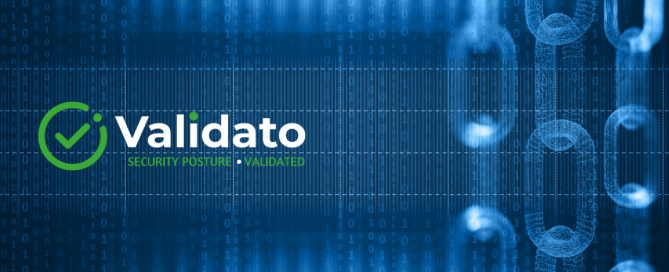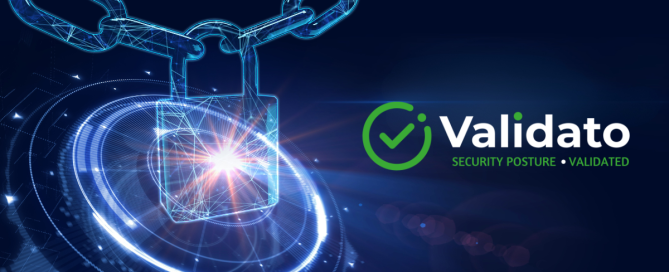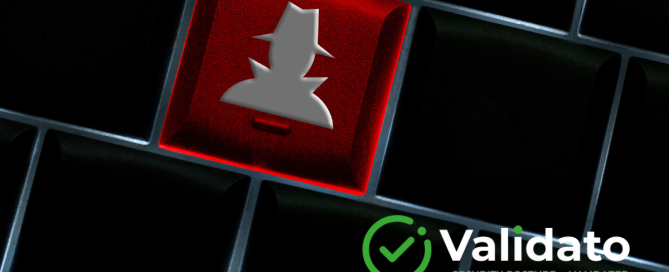How to test Red Canary MITRE ATT&CK Forever Techniques
At the recent MITRE ATT&CK conference, ATT&CKCon in Washington, leading MSSP Red Canary presented an interesting keynote presentation on how they advise organisations should use MITRE ATT&CK in cyber defence. The first takeaway is: Don't boil the ocean. Many organisations waste their time and efforts on vanity statistics, particularly when trying to map their detection











